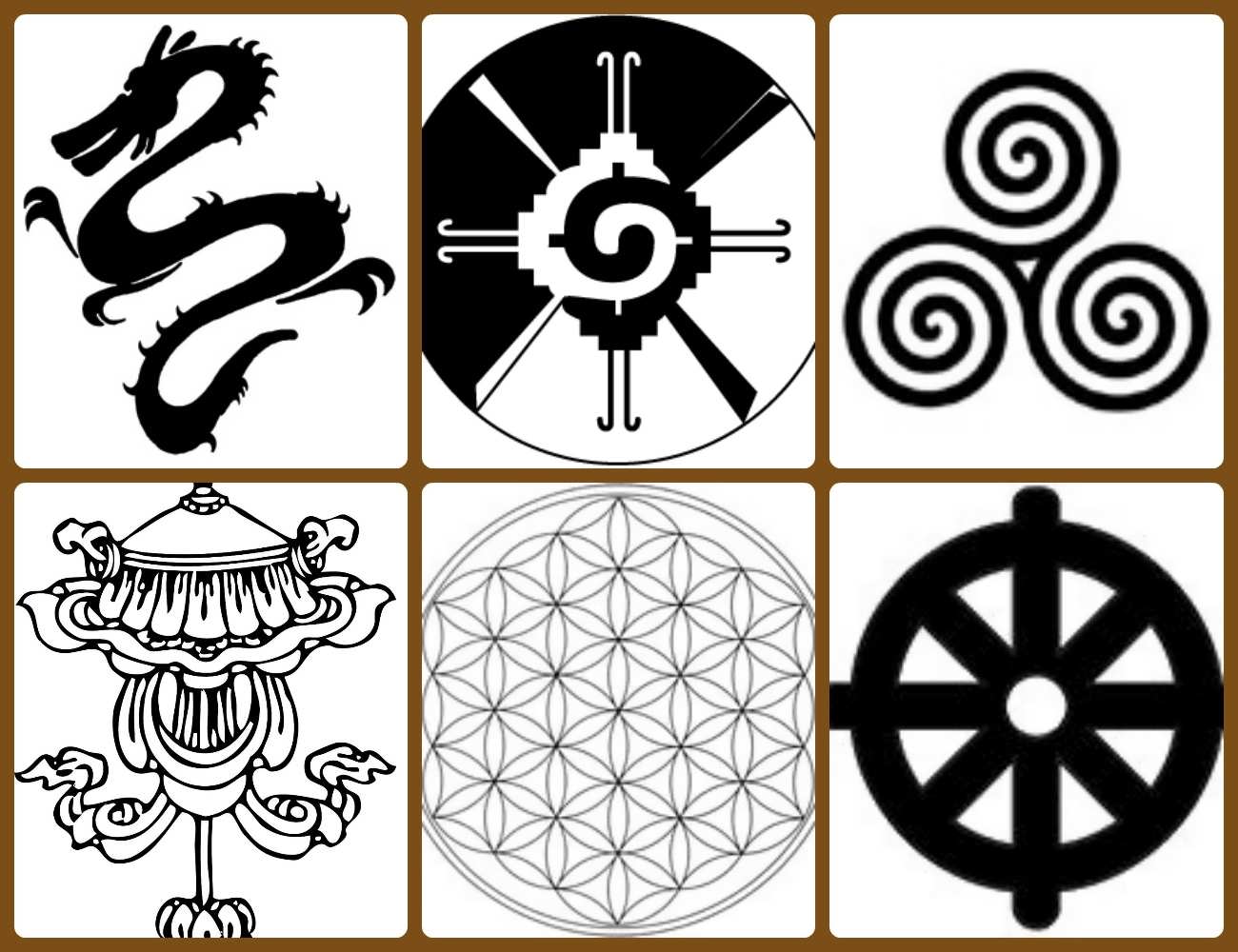
Ĭomputer representation of text facilitates getting around mechanical and physical limitations such as character widths in at least two ways: Following widespread acceptance of the typewriter, some typewriter conventions influenced typography and the design of printed works. The typewriter, on the other hand, typically has only one width for all characters, including spaces (see space bar). Unlike graphic characters, typeset spaces are commonly stretched in order to align text (see Typographic_alignment). Typesetting can use spaces of varying widths, just as it can use graphic characters of varying widths.

They also provide convenient guides for where a human or program may start new lines. Inter-word spaces ease the reader's task of identifying words, and avoid outright ambiguities such as "now here" vs. Conventions for spacing vary among languages, and in some languages the spacing rules are complex.

In writing, a space ( ) is a blank area that separates words, sentences, syllables (in syllabification) and other written or printed glyphs (characters). U+00A0 NO-BREAK SPACE (, &NonBreakingSpace ) Finally is the Modern or Contemporary period where the only place using Latin as it’s official language is the Catholic Church and the Vatican City.U+0020 SPACE ( Note: Representations here of a regular space are replaced with a no-break space) Next is the period of New Latin which lasted until the 17th Century and was mainly used for the writing of documents and various texts. The following period is called Rennaissance Latin and during the Rennaissance, many scholars and intellectuals corrected Medieval Latin in order to preserve the original forms of the Latin language. Following the periods of Classical and Vulgar Latin was the period of Medieval Latin which is around the time where Latin split off into different varieties due to the fall of the Roman Empire and many words changed their meanings or were otherwise forgotten. One interesting period is the period of Vulgar or Late Latin which overlaps with the period of Classical Latin and was considered the language of the masses and was rarely ever written down.

Classical Latin was created by the literary scholars of the time as a way to maintain and perpetuate educated speech. The period of Classical Latin lasted from the late years of the republic and into the first years of the Roman Empire. During this time, an official Latin Alphabet was established and the writing style changed from being written right to left to being written left to right. The earliest known form being Old Latin which was spoken from the time of the Roman Kingdom till the middle of the republican period. Latin was the official language of the Roman Kingdom from it’s establishment around 750 bc through the fall of the Roman Kingdom and the rise of the Roman Republic and then the fall of the Roman Republic and the rise of the Roman Empire until it essentially died out as a commonly spoken language and was used solely for religious purposes until modern times where it is still used for religious purposes but is also used as a way to establish respectability and credibility for businesses and institutions.Īccording to Roman Mythology, the Latin language was developed by a tribe of people called the Latini in a period of time before the Trojan War, and like most languages Latin can be broken into many forms based on the period they were used.


 0 kommentar(er)
0 kommentar(er)
